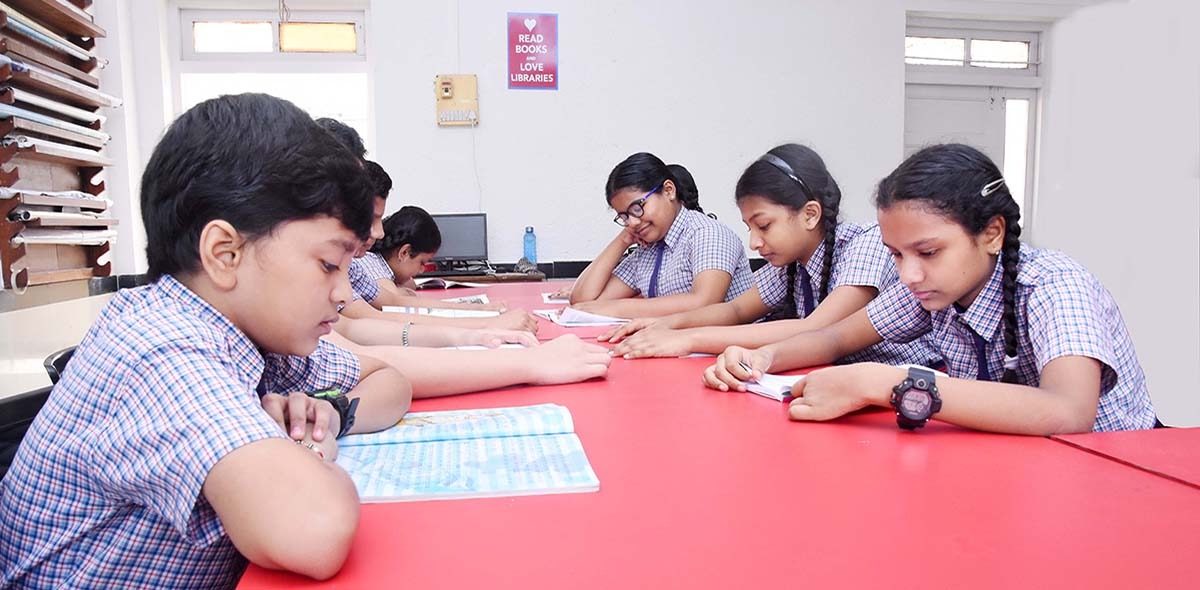
Quick Tips for Moving from Primary to Secondary Education with ease
Transitioning from primary to secondary education is a notable milestone in a student’s academic journey. It marks a shift from the familiar grounds of elementary school to the more complex and challenging terrain of secondary education. While this transition can be exciting, it may also bring about feelings of apprehension and uncertainty.
Here are some quick tips for a smooth transition to help students navigate this shift with ease:
1. Foster a Growth Mindset:
Encourage students to embrace a growth mindset, emphasizing the idea that abilities can be developed through dedication and hard work. This mindset helps students approach challenges with resilience and openness to learning, fostering a positive attitude toward the new academic challenges they may encounter in secondary education.
2. Develop Time Management Skills:
Secondary education often comes with a more demanding schedule and increased workload. Teach students the importance of effective time management early on. Encourage the use of planners or digital tools to organize assignments, projects, and extracurricular activities. This skill is crucial for maintaining a healthy balance between academics and other aspects of their lives.
3. Independent Learning Techniques:
Secondary education places a higher emphasis on independent learning. Equip students with effective study techniques, note-taking skills, and the ability to research independently. Encouraging a curiosity-driven approach to learning will help students become self-sufficient learners and excel in their academic world.
4. Advocate for Effective Communication:
Achieving academic excellence necessitates excellent communication skills, which are crucial in secondary education. Encourage students to openly communicate with teachers, classmates, and parents by asking questions, seeking clarification, and actively participating in class discussions. Effective communication not only fosters a positive learning environment but also aids students in developing strong relationships with both peers and educators.
5. Explore Extracurricular Activities:
Secondary education offers a plethora of extracurricular activities, from sports to clubs and the arts. Encourage students to explore these opportunities to develop new skills, make friends, and find their passion. Involvement in extracurricular activities not only enhances the overall school experience but also helps students discover and nurture their talents.
6. Promote Effective Study Habits:
Secondary education demands more focused and structured study habits. Teach students how to break down large tasks into smaller, manageable parts, and emphasise the importance of regular review and revision. Developing effective study habits early on will contribute to long-term academic success.
7. Cultivate a Supportive Network:
A strong support system is crucial during the transition to secondary education. Encourage students to build positive relationships with teachers, classmates, and family members. Having a network of support can help students navigate challenges, both academically and personally, and contribute to their overall well-being.
8. Develop Critical Thinking Skills:
Secondary education places a higher emphasis on critical thinking and analytical skills. Encourage students to question, analyse, and evaluate information rather than simply memorising facts. Engage them in discussions that promote critical thinking, helping them develop a deeper understanding of the subjects they are studying.
9. Stay Organized:
Organization is key in managing the increased workload and responsibilities of secondary education. Teach students to keep their materials, assignments, and notes organised. This includes maintaining a tidy backpack, keeping track of deadlines, and creating a dedicated study space at home. A well-organized approach contributes to a more efficient and stress-free academic experience.
10. Emphasize the Importance of Well-being:
Remind students that their well-being is paramount. Encourage a healthy balance between academics, extracurricular activities, and personal time. Teach stress management techniques, the importance of adequate sleep, and the benefits of a healthy lifestyle. A holistic approach to well-being will contribute to their overall success and happiness in secondary education.
Wrapping Up:
Transitioning from primary to secondary school is a big change, but students can make it a positive experience by having the right attitude and skills. By adopting a growth mindset, learning important skills, and building a supportive network, students can do well in their studies and enjoy their time in secondary school. These quick tips can make the transition a chance for growth, learning, and personal development. The future of education is happening now, and schools like Harshad Valia International are making the journey even more exciting and bright.
